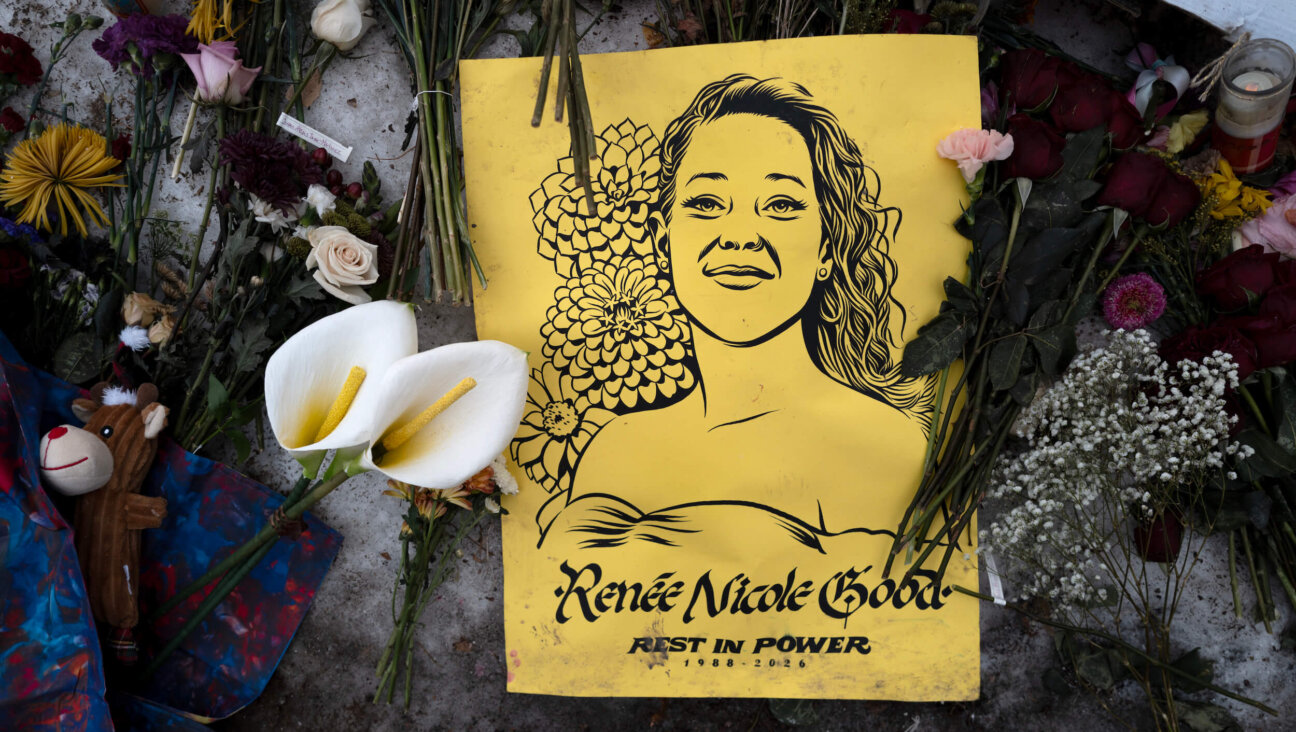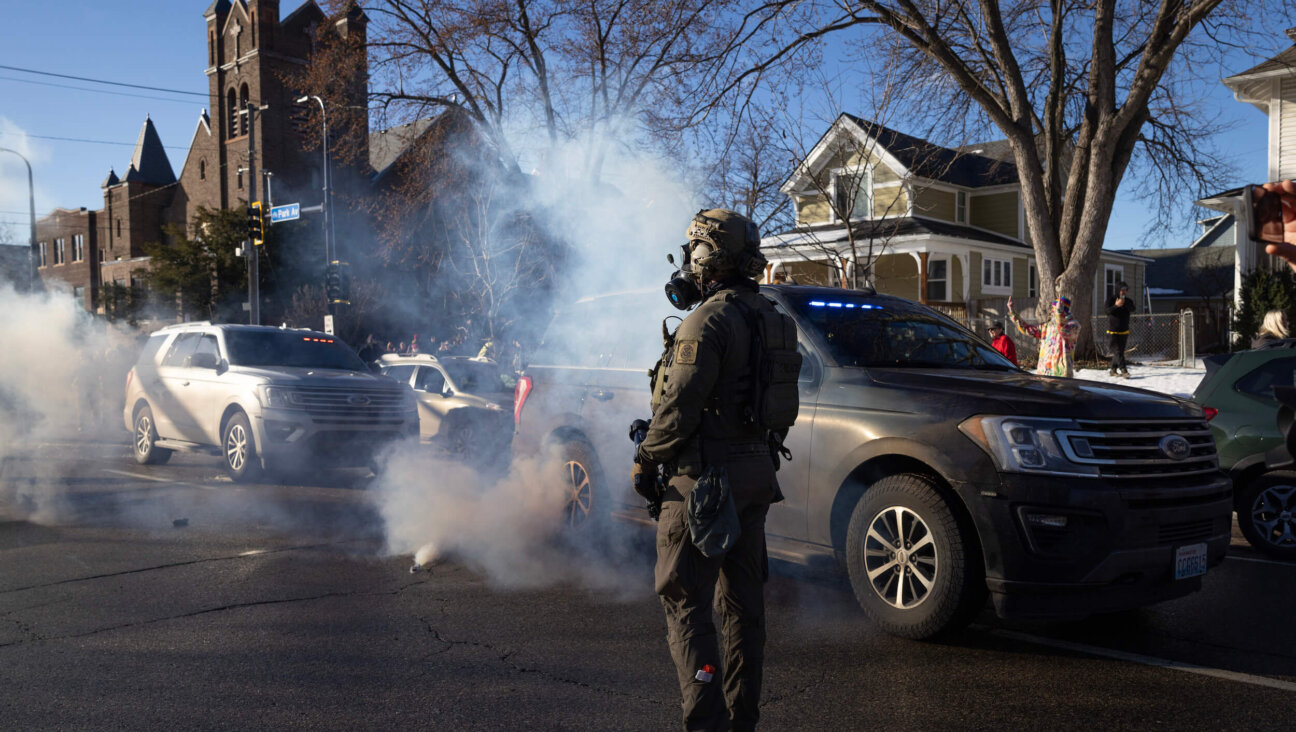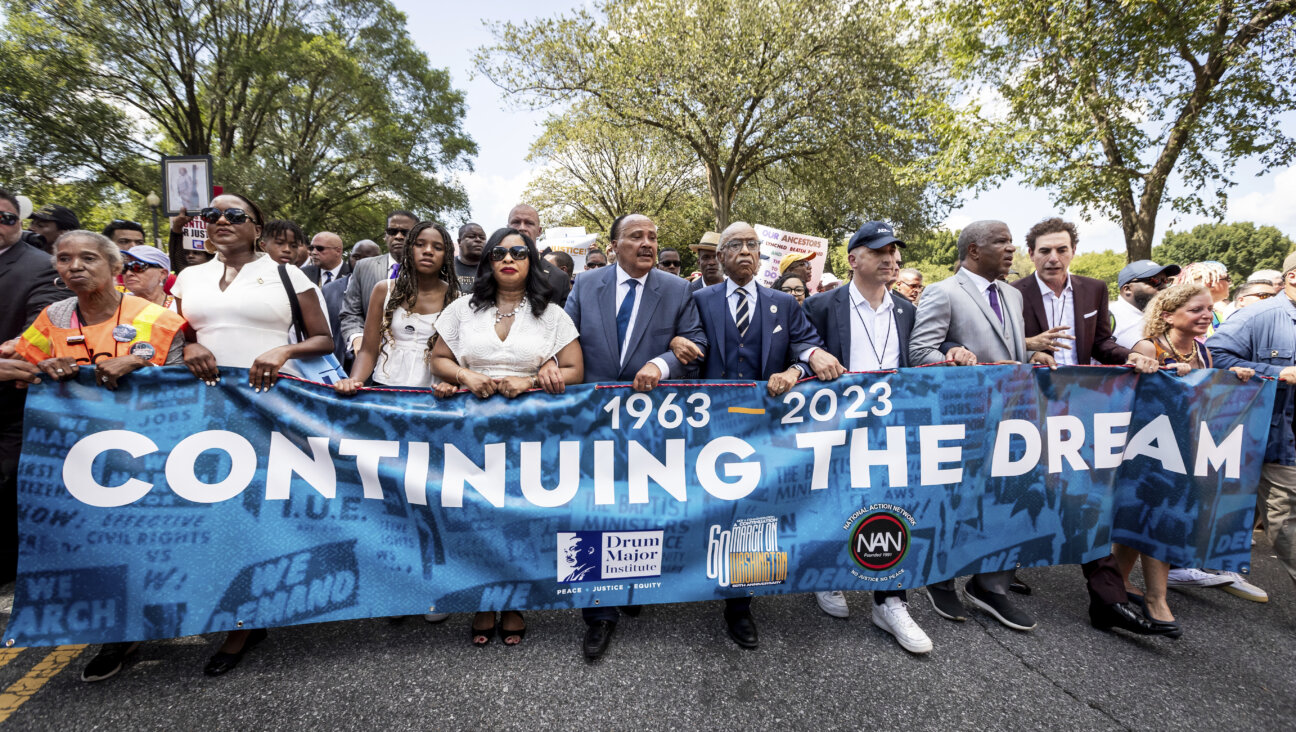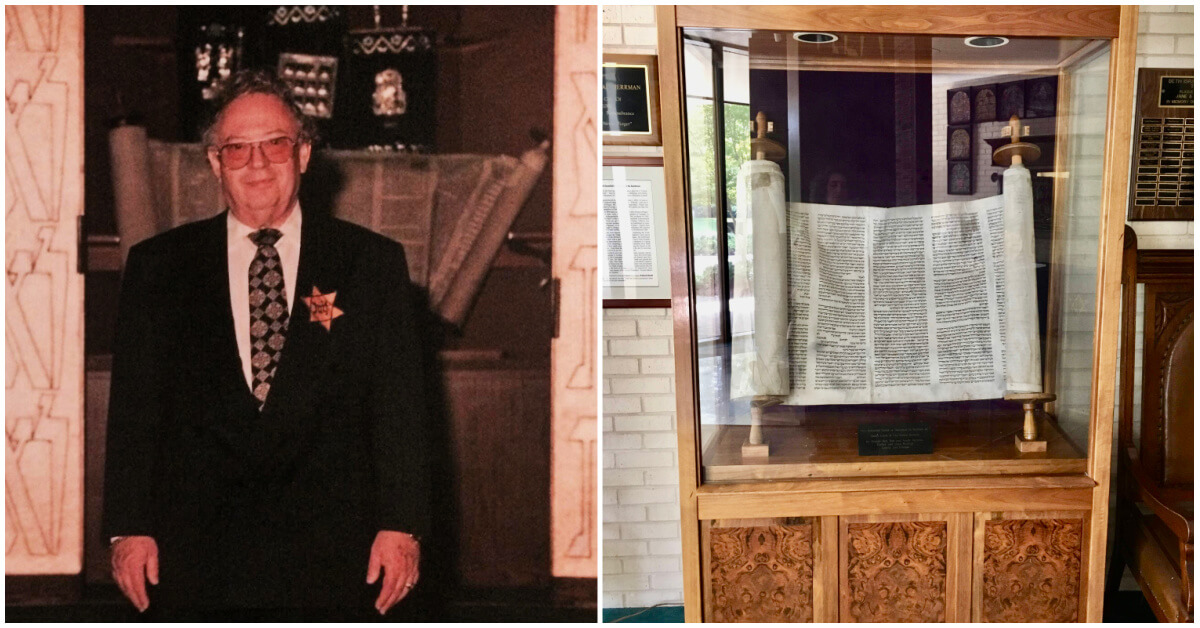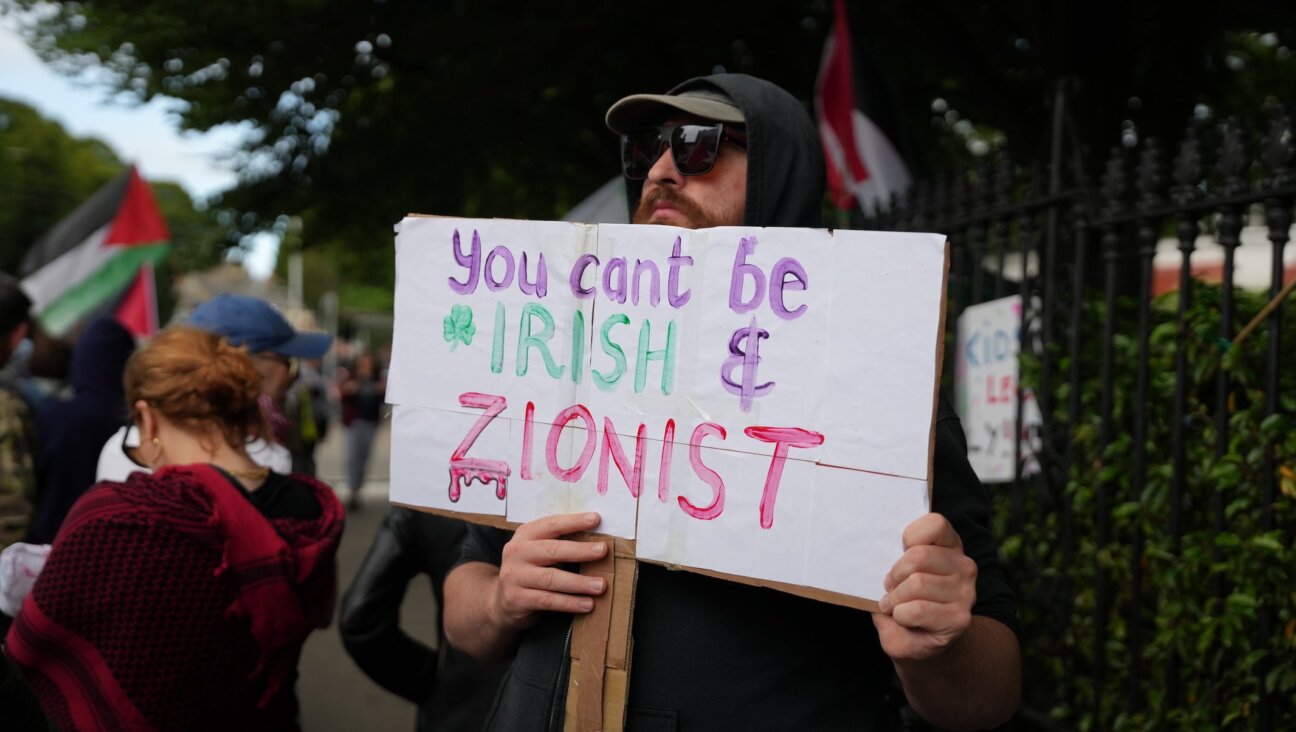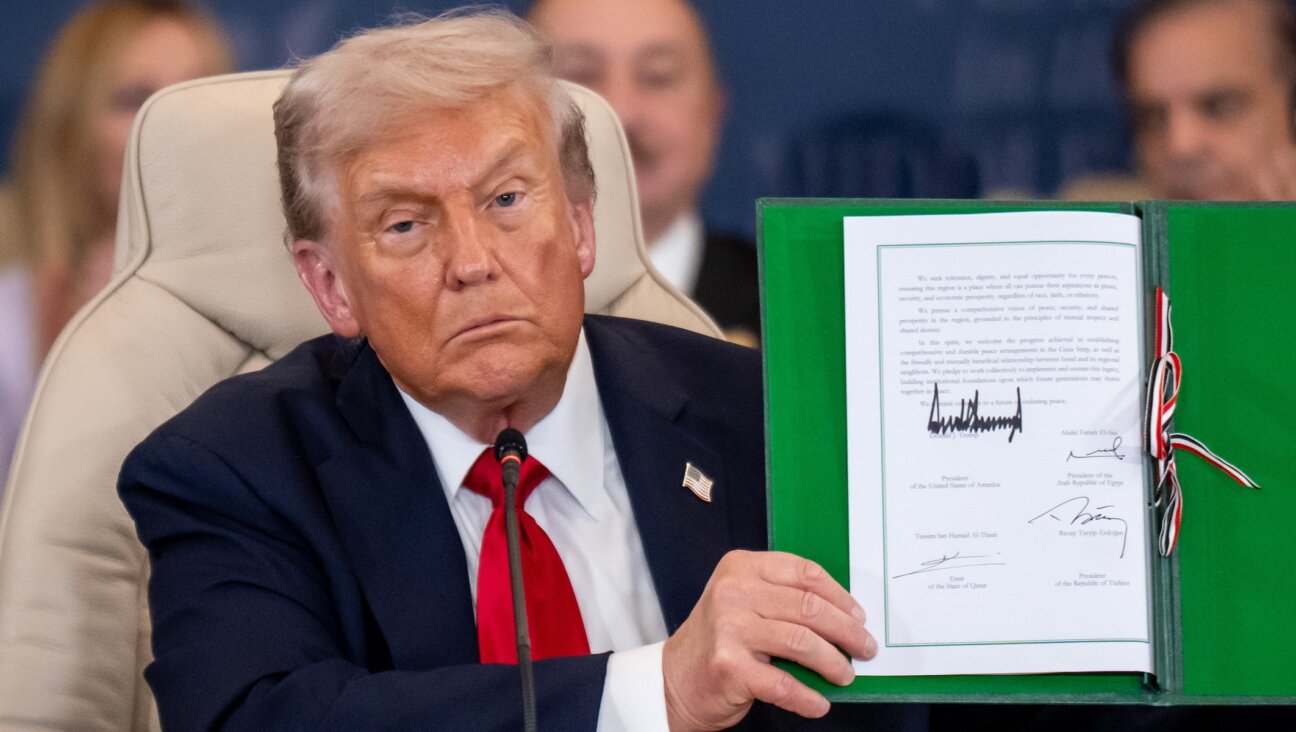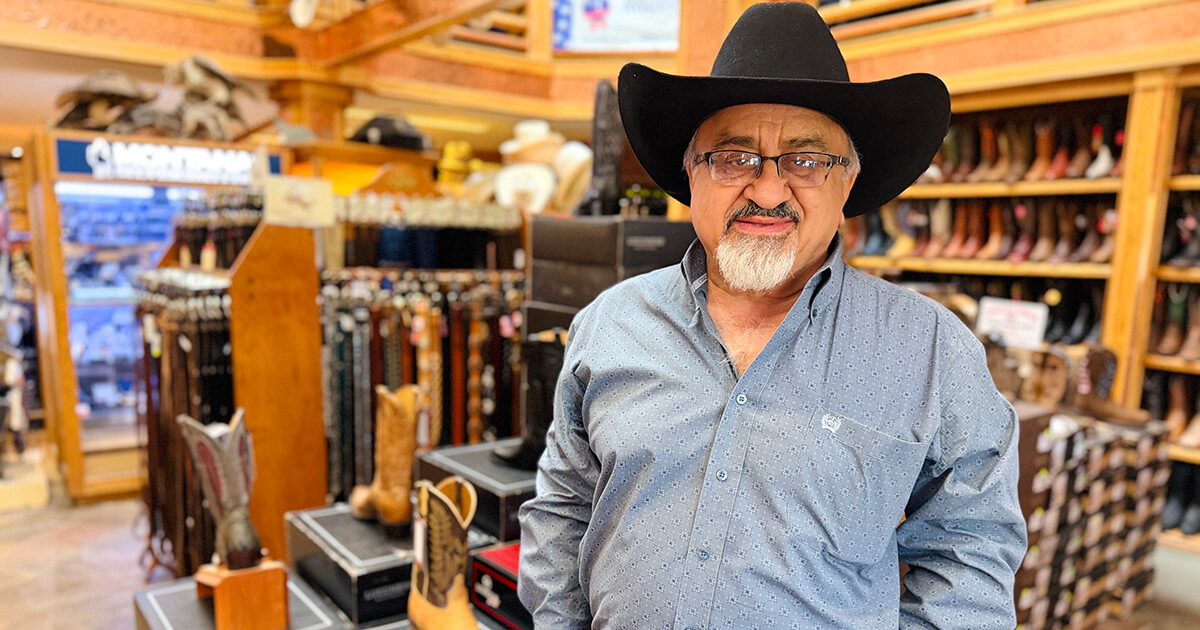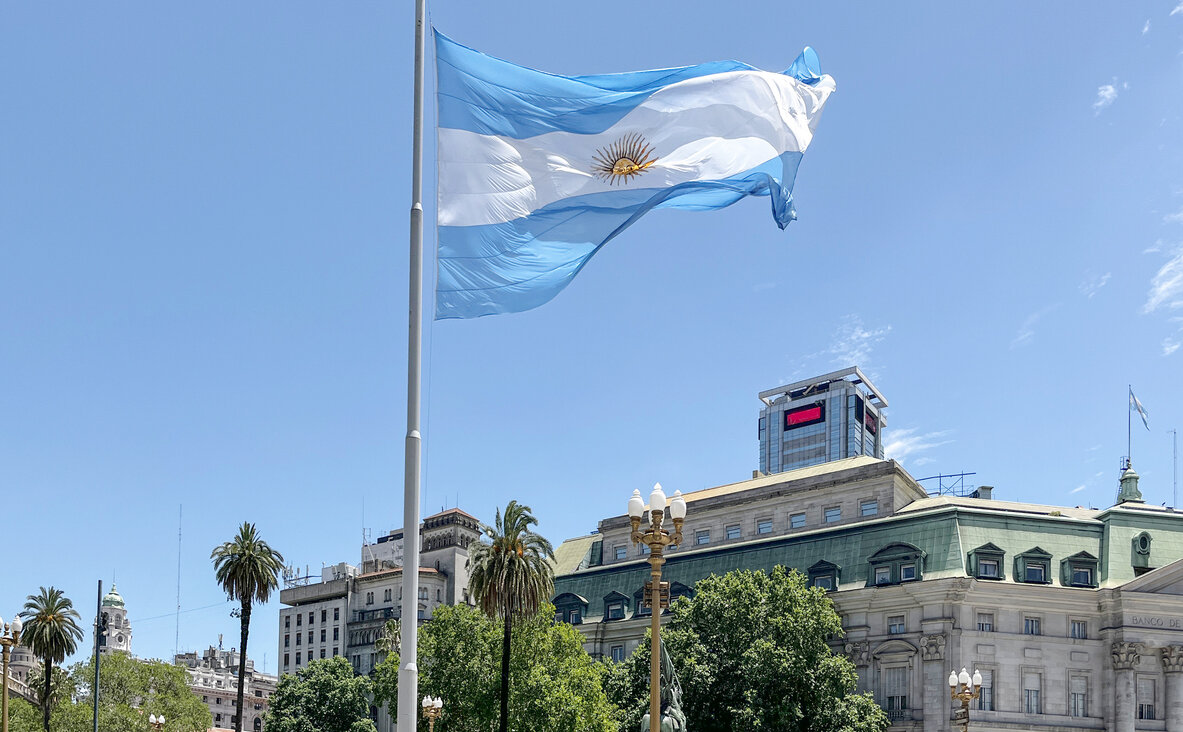What Ambassador David Friedman Means for American Jews

Graphic by Angelie Zaslavsky
Given the political uproar surrounding Donald Trump’s choice for ambassador to Israel, you could be forgiven for overlooking the event’s larger significance as a disruptive moment in American Jewish history.
Most of the hubbub has been focused on the hawkish Greater Israel opinions of the nominee, Long Island bankruptcy lawyer David Friedman. Those opinions would be critically important if ambassadors crafted policy. But they don’t. Policymaking happens at the State Department, which will be run by oilman Rex Tillerson, no fan of Greater Israel or West Bank settlers. In the long run, Friedman’s views will generate some headlines, assuming he wins Senate confirmation. Headlines can influence events somewhat. But they won’t change history.
No, what’s important about Friedman’s nomination is what it tells us about this moment in American Jewry’s political evolution. That evolution has a significance beyond mere ethnic curiosity, because the Jewish community is a significant factor in American politics. We’re not talking here merely about influential Jewish individuals — Henry Kissinger, Sheldon Adelson, Debbie Wasserman Schultz and their ilk — but about the community as an entity with its advocacy groups; public personalities; patterns of voting, donating and volunteering. Bottom line: What happens in the Jewish community doesn’t stay in the Jewish community.
That said, what does the nomination of David Friedman show us?
First, there’s the plain fact that the choice of ambassador to Israel is suddenly a major event in the transition process, part of the first tier of nominations alongside Cabinet secretaries, national security adviser and United Nations ambassador. It generates days of headlines.
In part this outsize attention results from the unusual circumstances of this election and from Trump’s epic eccentricities. In large part, though, it’s exactly what it looks like: a national interest in the changing relationship between American Jews and the Jewish state. If the purpose of Zionism was to restore the Jewish people from victimhood to an active role in history, it has succeeded.
Second, three of the past five American ambassadors to Israel have been Jewish: Martin Indyk, Daniel Kurtzer and Dan Shapiro. Friedman is the fourth. Of the 14 envoys before Indyk, going back to Israel’s founding, none of them was Jewish. There was a time when being Jewish disqualified you from participation in managing America’s official relations with Israel, because your loyalties were suspect. Now, being Jewish is an asset.
Third — and perhaps most consequential in the long term — is a shift in American Jewry’s political-religious map, which the Friedman nomination has brought to the surface. His elevation is a sort of coming-of-age moment for an emerging stream of Orthodox Judaism that hasn’t previously stepped onto the national stage. It’s a movement with no organizational structure, no defined membership, not even a name. Indeed, it’s largely without a clear sense of itself as a distinct movement. And yet, for all its shapelessness, it’s emerging as a force to be reckoned with. Friedman is its first national office-holder.
What is this movement? In one sense it’s a community of individuals, congregations and their rabbis who live along the seam line that divides Modern Orthodoxy from the traditionalist wing variously known as Haredi, “black hat” or ultra-Orthodoxy. Another way to view it is as a movement within Modern Orthodoxy that’s growing increasingly stringent in ritual observance, and thus closer to ultra-Orthodoxy, while maintaining Modern Orthodoxy’s engagement with contemporary society and culture. Most important, it retains — in supercharged form — Modern Orthodoxy’s religious devotion to the State of Israel as a harbinger of the messianic era.
On one score the movement differs from both Modern and ultra-Orthodoxy: its militantly conservative Republican politics and its hostility to liberalism.
One thing that unites this movement in a self-conscious way is the attachment to the institutions and leaders of its counterpart in Israel, known as Hardal. Like the American version, Hardal is an offshoot of Modern Orthodoxy, or of its Israeli version, Religious Zionism. Like the American version, Hardal has moved rightward toward Haredi Orthodoxy in ever-more stringent ritual observance, while retaining Religious Zionism’s engagement in modern society.
What most defines Hardal is its radical take on Religious Zionism, seeing Israel as a divine miracle and the West Bank as sacred Jewish patrimony, which Israel must rule forever or risk divine punishment. The movement first emerged in the 1970s as the religious ideology of the West Bank settler movement. It later spread more widely as the settler movement gained popularity. To this day, its main strongholds are in the hard-line settlements and yeshivas that dot the territory’s central ridge. The nerve centers are in Kiryat Arba, the Jewish township on the edge of Hebron, and Beit El, the biblical Bethel, 20 miles north of Jerusalem.
Most settlement yeshivas have American fundraising organizations. Known for their annual gala banquets, those organizations serve as a primary hub for the community life of the emerging American Hardal movement. The largest is American Friends of Bet El Institutions. Its president is David Friedman.
Beit El’s yeshiva serves in some ways as a Hardal settler operations center. Under the entrepreneurial leadership of its founder and dean, Rabbi Zalman Melamed, the yeshiva created and owns the settler movement’s main media network, Arutz Sheva, also known as Israel National News. It was a pioneer in the tactic of expanding settlements by taking over nearby hilltops and creating new neighborhoods that amount to new settlements — often without government permits and on private Palestinian-owned land.
One such expansion, built by Melamed’s yeshiva to house a girls’ seminary, was the center of a decade-long legal battle, ending in 2012 when the buildings — 30 units in all — were moved under order of Israel’s Supreme Court. At the time, Melamed negotiated a deal with Prime Minister Benjamin Netanyahu to build another 300 units as compensation. Today, claiming that Netanyahu broke the promise, the rabbi is leading the opposition to another high-profile, court-ordered evacuation at the Amona outpost. He’s also emerged as a leading rabbinic advocate of soldiers refusing orders to evacuate settlements.
Hardal’s mix-and-match combination of Haredi and Modern Orthodoxy is reflected in its name, a compound of Haredi and Mafdal (the Hebrew acronym of the old National Religious Party). The name was coined in the late 1990s, apparently as a joke: Hardal is an everyday Hebrew word meaning “mustard.” But it’s no joke: Today’s Mafdal, renamed the Jewish Home party, has become a political powerhouse under the leadership of Naftali Bennett. It’s the main coalition partner to Netanyahu’s governing Likud party, while at the same time Netanyahu’s main rival on the right.
Jewish Home has a hard-line Hardal faction that’s known as Tekuma (“Revival”). It holds three of the party’s eight Knesset seats. In effect, it’s the gadfly right flank of the right-wing partner in Netanyahu’s right-wing coalition.
And now, one of its main American backers of the Hardal-Tekuma settler fringe of Israeli religious politics is about to become America’s ambassador to Israel.
J.J. Goldberg is the Forward’s editor-at-large, follow him on Twitter, @JJ_Goldberg


